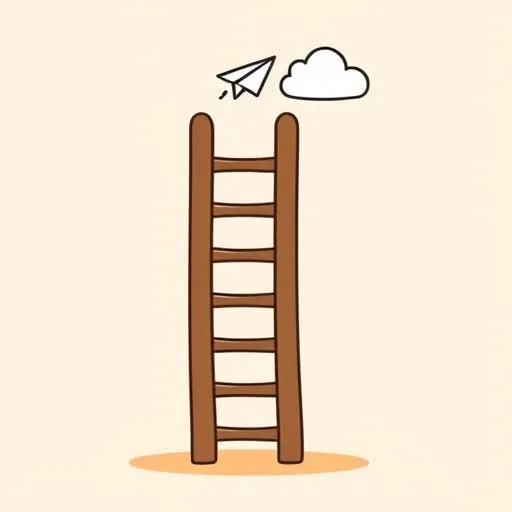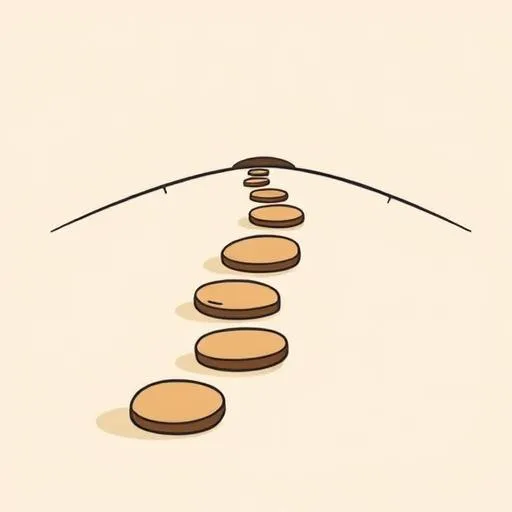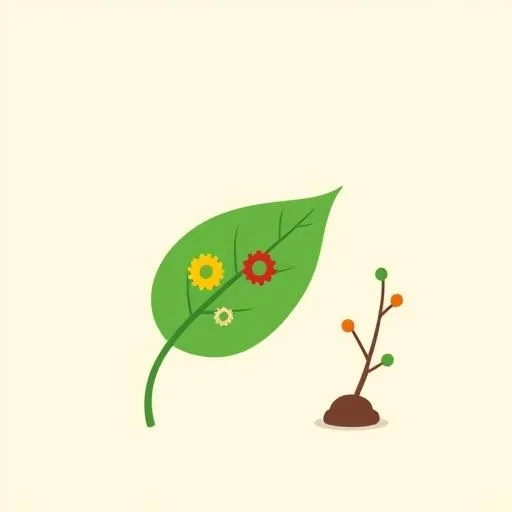
Headlines about jobs vanishing feel like distant storms, but for parents, the real question hits closer: what’s changing for our kids? New data shows Gen Z’s presence in big tech firms has been slashed in half since 2023, while the average worker’s age jumped five years. At first glance, it’s a Silicon Valley story—but it’s really about playgrounds and pretend businesses built from couch cushions. Because when entry-level roles shrink, how do future innovators get their start?
The Vanishing First Step—and What It Means for Little Feet

Imagine learning to walk: you need steady hands to hold you up, then a gentle nudge to take that first step. For young adults, entry-level tech jobs were that step. Now AI handles routine tasks, shrinking those opportunities. Data shows young workers aged 21-25 dropped from 15% to 6.8% in public tech firms in just two years, with average age rising to 39.4. Experts warn this isn’t just about jobs—it’s about losing the training ground where curiosity meets code. Without these stepping stones, how do we help our kids build their own path? It reminds me of teaching bike riding—you can’t skip the wobbly beginner phase. It’s like the playground at school—even when swings disappear, kids find new ways to soar. But without any structures, that first push gets harder. For our children, this means redefining ‘entry points’ long before resumes matter. The real question isn’t ‘Will my kid get a job?’ but ‘How do we grow the grit to build their own playground?’
The Secret Power Hiding in Backyard Play

Last week, my kid spent an hour convincing ants to ‘help’ build a leaf fort. No app could calculate that kind of negotiation—or the joy when one finally crawled up a stick. Real innovation isn’t born in spreadsheets; it’s in muddy hands and big ideas scribbled on paper. Kids are natural experimenters: testing cookie recipes, redesigning forts after ‘earthquakes,’ turning cardboard into spaceships. These moments teach resilience, creativity, and empathy—skills AI can’t replicate. Silicon Valley’s shift reminds us that young minds bring fearless questioning and fresh perspectives. When the data shows vanishing Gen Z voices, it’s not just code suffering—it’s the magic of seeing the world through curious eyes. AI excels at optimizing known paths, but true innovation happens when you wander off-trail. That’s where our little ones shine: unafraid to dig tunnels that go nowhere or build towers that lean. In every ‘failure,’ they learn the grit that turns ideas into reality. What if we measured success not by perfect towers, but by the courage to rebuild after they tumble?
Raising Humans in a World of Smart Tools

The answer isn’t ditching tech—it’s making sure it serves us, not the other way around. On a clear September afternoon like this one, trade screen time for a ‘wonder walk’: count how many shades of green you see or collect rocks for a silly museum. Turn ‘boredom’ into invention with ‘Can we build a bridge for stuffed animals using only straws?’ Every block tower collapse teaches physics; every shared snack teaches collaboration. Practical tip: try ‘tech tinker time.’ Give safe old gadgets or random materials—how can a spoon, rubber bands, and a cup hold up a book? It’s not about the answer; it’s about the laughter in trying. Balance matters: screens have their place, but the best lessons come from dirt under nails and ideas needing no Wi-Fi. Remember yesterday’s rain puddle experiment? That’s where real science lives—asking ‘What if?’ without an algorithm. And when screens do come out, keep chats open: ‘What did you make today?’ not ‘What did you watch?’ Because the future belongs to those who create, not just consume.
Planting Seeds for Tomorrow’s Harvest

This shift feels big, but history shows: every generation reshapes the world in their own way. Our role isn’t to fear AI but to raise kids who’ll wield it wisely—to build, not just scroll. When jobs change, we double down on foundation skills: curiosity asking ‘why not?,’ resilience trying again, and heart connecting us. We’ve seen it in our own home—after a rough day, the fix wasn’t an app but building pillow forts together. Connection heals what algorithms can’t. So let’s nurture what makes us irreplaceably human. Start tonight: ask your child ‘What did you create today?’ You might hear about a stick boat that sailed across the sink—and why that’s the spark of something world-changing. The data warns of stalled innovation, but hope grows where kids imagine freely. Because the next great leap won’t come from a machine learning model. It’ll come from a backyard fort, a cardboard city, or bedtime dreams full of ‘what ifs.’ And that’s a future worth building—one block, one laugh, one shared snack at a time.
Source: Silicon Valley’s graying workforce: Gen Z staff cut in half at tech companies as the average age goes up by 5 years, Fortune, 2025/09/07 11:03:00
